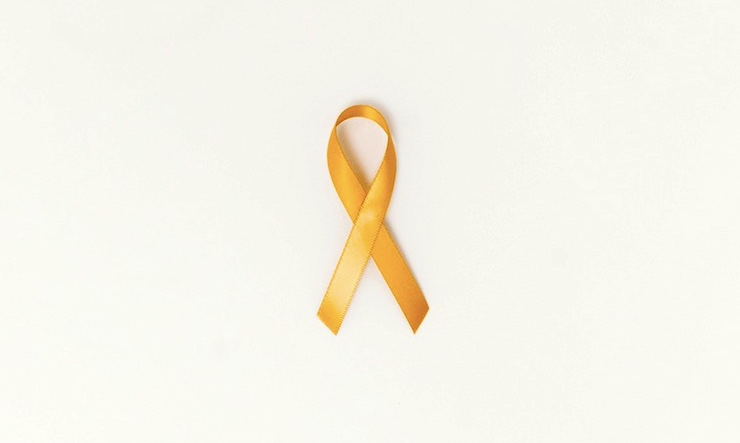How Drones Are Transforming Suicide Prevention in Japan’s Aokigahara Forest

At the northwestern base of Mt. Fuji on the island of Honshu in Japan lies the Aokigahara Forest. Formed over the hardened lava left behind after the last major eruption of Mt. Fuji, the forest has several unique characteristics, such as ice caves, densely packed trees, and an eerie quiet, which have led to the forest also being called the Sea of Trees. Many find the feeling of solitude in the Sea of Trees to be peaceful and tranquil.
Unfortunately, the forest’s atmosphere has also become associated with death. Ancient Japanese mythology tells stories of ubasute, the abandonment of an elderly family member in the Aokigahara Forest to pass on peacefully without burdening the family by forcing them to watch a loved one’s demise. The legends go on to say that the yūrei, or ghosts, remain in the forest. In 1961, Japanese author Seichō Matsumoto published the book Tower of Waves, in which one of the main characters takes their own life within the Sea of Trees.
Since then, the forest has become known by another name: Suicide Forest. What is a truly beautiful and unique landscape has become one of the most famous suicide sites in the world. Over the years, local authorities have worked to not only change the reputation of Aokigahara but also to help serve the people who turn to it as a last resort. Signs have been positioned at the entrance to the forest urging visitors to seek help if they are in need. Police and volunteers regularly patrol the forest to check if anyone needs assistance.
While these efforts do help, patrolling the densely packed 12-square-mile forest on foot is an unfeasible mission to make a significant difference. In September 2024, the Yamanashi regional government announced a new plan to better serve people visiting Aokigahara with suicidal thoughts. Local police have partnered with JDrone, a company founded by Takuya Ohashi and based out of Tokyo. JDrone has been providing drone services in the fields of search and rescue, data collection, academic research, mapping, and more since 2019. Now, they will add a new service to their repertoire: suicide prevention.
Using a collection of products from DJI, local police will have the means to patrol Aokigahara efficiently. The first layer of the drone platform is the installation of two drone docking stations that serve as storage, charging, takeoff, and landing stations. As stated on DJI’s website, “DJI Docks are rugged, reliable, and are built to operate 24/7, day or night, rain or shine.” Housed within Dock 1 will be a DJI Matrice 30T. “This drone is equipped with a thermal infrared camera and flies over the trees,” a representative from JDrone explained during a demonstration of the program. “When it detects a person, a rescue drone is dispatched and uses a loudspeaker from above to warn people about suicide prevention.”
The second drone the representative mentioned will be a DJI Matrice 3TD housed in DJI Dock 2, a slightly smaller docking station. This drone and docking station will make it easy for officers to communicate further with people who may be in need. The drone will allow an officer to speak directly with an individual to see if they need help. If the individual is just a tourist enjoying the tranquility of the forest, the drone will move on. If the officer determines that the individual is in need of assistance, the operator will keep the communication going with the individual until an officer can arrive on site to help guide them out of the forest.
“The purpose of this project is to prevent suicide and reduce the number of suicides by patrolling drones equipped with thermal cameras to talk to people suspected of attempting suicide and lead to protection,” JDrone stated in a press release. “In addition to the surveillance patrols on the ground in the ‘Aokigahara Fureai Call Project’ currently being implemented by Fujikawaguchiko Town and Narusawa Village, this work will strengthen remote monitoring during the day as well as at night by using drones in the sky.”
As local authorities and innovative technologies like drones work together to foster understanding and provide support, there is hope that this once-misunderstood landscape can transform into a place of healing and connection. By encouraging open dialogue and providing resources for those in need, we can honor the stories of the past while paving the way for a brighter future in the Sea of Trees.
|